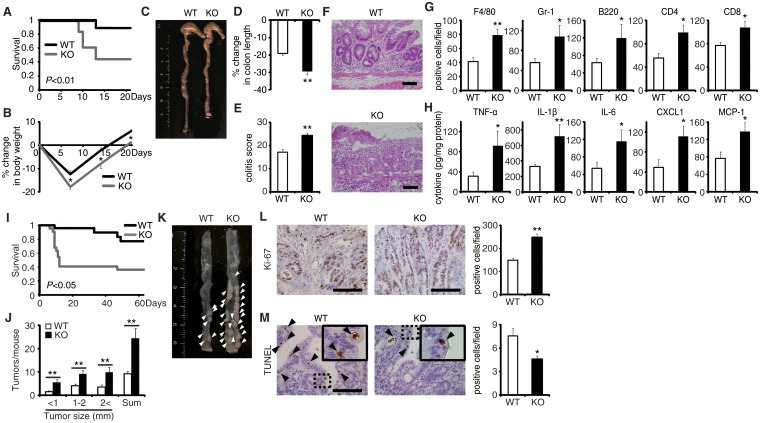Fig 1. EPRAP deficiency exacerbates DSS-induced colitis and adenoma formation after AOM/DSS treatment.
(A) Survival curves during the DSS treatment. Elevated mortality was observed in EPRAP-deficient (KO) mice, relative to WT (n = 18 each, *P < 0.01). (B) Percent changes in body weight (n = 16 [WT]; n = 17 [KO]). (C) Representative photographs of colons from each group. (D) Percent changes in colon length in WT and KO mice (n = 8 [WT]; n = 5 [KO]) in comparison to those of mice received DSS-free water. (E) Histological colitis scores (n = 10 each). (F) Representative H&E staining of rectal sections. (G) The numbers of F4/80-, Gr-1–, B220-, CD4-, and CD8-positive cells infiltrated in colonic tissues per high-power field (400× magnification) (n = 8 each). (H) The expression levels of TNF-α, IL-1β, IL-6, CXCL1, and MCP-1 protein in colonic tissue extracts from DSS-treated WT and KO mice (n = 15 [WT]; n = 9 [KO]). (I) Survival curves during the AOM/DSS treatment (n = 18 [WT]; n = 22 [KO], P < 0.05). (J) The number of colonic tumors per mouse, with size distribution (left) and total number (right) in AOM/DSS-treated WT and KO mice (n = 9 [WT]; 8 [KO]). (K) Representative photographs of colons at the end of AOM/DSS treatment. (L) Ki-67–positive cells in rectal polyps of AOM/DSS-treated WT and KO mice (left). KO mice exhibited greater numbers of Ki-67–positive cells than WT mice (right) (n = 5 each). (M) TUNEL assays on polyps of AOM/DSS-treated WT and KO mice. The arrows point to TUNEL-positive apoptotic cells: the insets show higher magnifications of selected regions (indicated by dashed boxes) (left). KO mice exhibited fewer TUNEL-positive cells than WT mice (right) (n = 5 each). All values represent means ± SEM. *P < 0.05, **P < 0.01 vs. WT mice. Scale bars: 100 μm.

